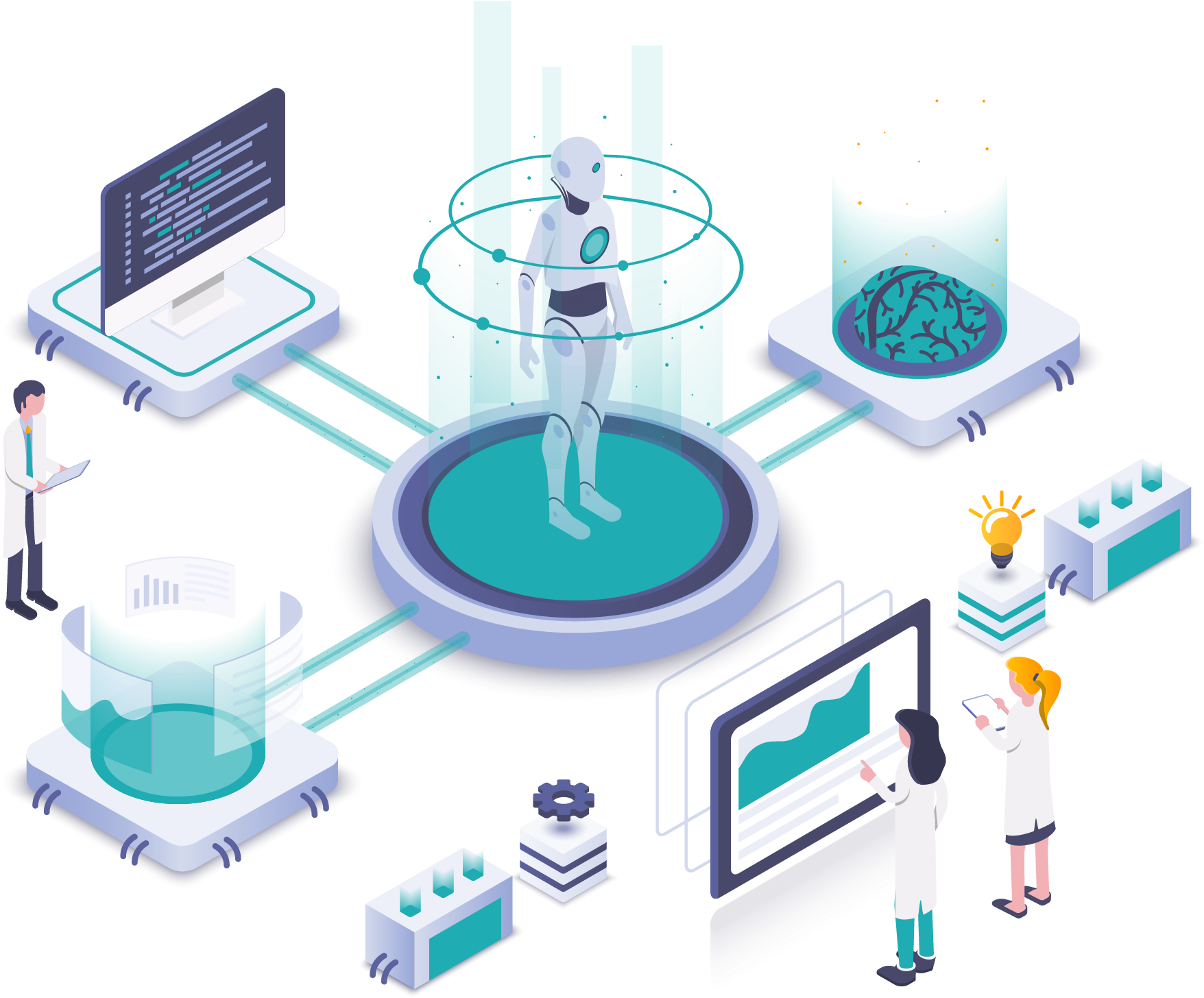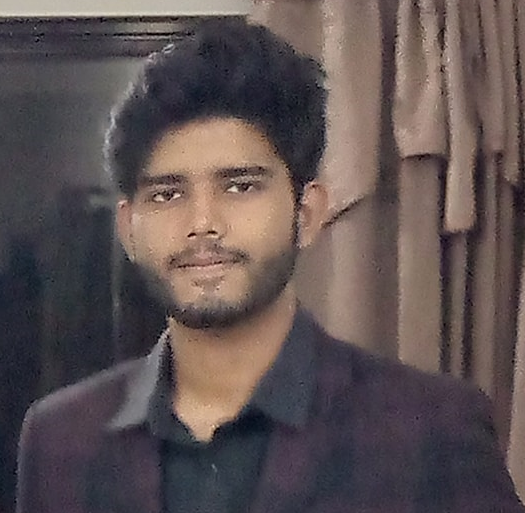The impact of generative AI on outsourced workers is likely to similarly be more nuanced than a sudden mass displacement.
For now at least, many labor researchers resist the idea that these tools bring “full automation” — often defined as the use of machines to complete tasks without human intervention. Rather, the current state of generative AI, by and large, falls under what experts call augmentation. Generative AI’s first wave of adopters are mostly working alongside these technologies — treating them as tools, not substitutes.
Even the development of generative AI requires human intervention, a role that often also falls to offshore outsourced workers. Each training data set used to develop a tool like Dall-E began with a human data worker matching an image to an associated word. And content moderators help refine the model that powers ChatGPT — for example, by flagging hateful or toxic speech. “[These workers] are fundamentally necessary to the developments that we see today,” said Miceli. “Large [AI] models — they wouldn’t exist without this workforce.”
Many of these data workers congregate on sites like Microworkers, Remotasks, and Amazon Mechanical Turk, which provide a constant stream of low-paid tasks, sometimes referred to as “click work.” Others are employed through a web of BPO outsourcing subcontractors, including Teleperformance.
“Instead of workers displaced by AI, the future may look like more workers filing into micro work projects,” Rafael Grohmann, principal investigator for Fairwork Brazil, a digital labor and AI research project, told Rest of World. “In this stage now, we need many quality data workers, more people training and annotating data.”
While some offshore outsourced workers have already pivoted to AI-related work, others are committed to holding the line against the rising tide of automation. Deustúa, the illustrator from Guadalajara, said he’s counting on clients who want stronger relationships and attention to detail to keep his business viable.
“A lot of clients have trouble explaining to us, humans, what they want and we help them to explain themselves,” he said. One client recently admitted they hired Deustúa after trying and failing to use an AI image generator to create a workable design themselves. Ultimately, the client decided they still wanted a professional’s human touch. “It’s the difference between buying a snack at a vending machine or eating it at your neighborhood cafe, chatting with the barista,” Deustúa said. “I still love technology, but I bet on humans.”
It is a position informed by life experience. Deustúa wasn’t always an illustrator. For over two decades, he worked as a journalist in Mexico — first as an arts and culture reporter, then editing tech and science stories. Following the rise of digital news sites and social media in the 2010s, he found there were fewer jobs in print media and bet on freelance illustration as a new career. Now, seeing generative AI enter the market for illustrators is a “bitter experience.”
 Kroyee
Kroyee Kroyee
Kroyee Kroyee
Kroyee




